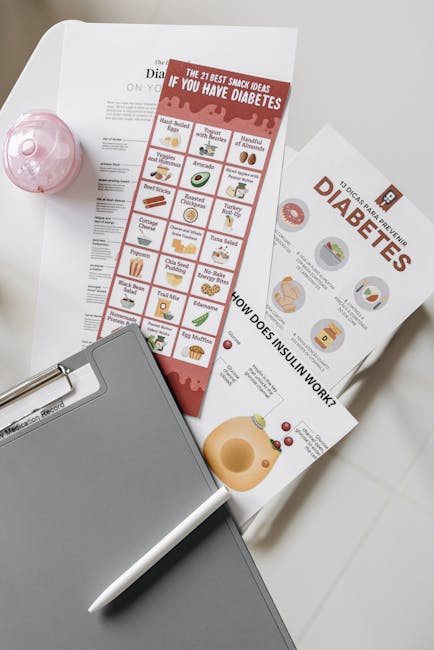Mastering the Road: Essential Roadcraft Tips for Safer and Smoother Driving
Roadcraft is more than just knowing the Highway Code; it’s about developing a proactive and defensive driving style that anticipates hazards and minimizes risks. This comprehensive guide delves into crucial roadcraft tips, helping you become a safer, more confident, and efficient driver. Whether you’re a new driver or a seasoned veteran looking to refine your skills, these tips will significantly enhance your driving experience.

Understanding the Importance of Observation
Effective observation is the cornerstone of good roadcraft. It’s about constantly scanning your surroundings, anticipating potential hazards, and reacting appropriately. Don’t just look ahead; look to the sides, in your mirrors, and even slightly behind you. This 360-degree awareness is crucial for preventing accidents.
Key Observation Techniques:
- Mirror, Signal, Manoeuvre (MSM): This fundamental technique should be second nature. Always check your mirrors before any manoeuvre, signal your intentions clearly, and execute the manoeuvre smoothly and safely.
- Scanning the Road Ahead: Look far ahead, identifying potential hazards like slow-moving vehicles, pedestrians, cyclists, and roadworks. Adjust your speed and position accordingly.
- Understanding Traffic Flow: Be aware of the overall traffic flow and anticipate changes in speed or direction. Leave sufficient space between you and other vehicles, especially in heavy traffic.
- Peripheral Vision: Utilize your peripheral vision to monitor your surroundings without constantly turning your head. This helps you maintain awareness of your blind spots.
Position and Space Management: The Art of Defensive Driving
Maintaining the correct position on the road and managing your space are critical for defensive driving. By positioning your vehicle strategically, you create a safety buffer around yourself, reducing the risk of collisions.
Optimal Positioning and Spacing:
- Safe Following Distance: Maintain a safe following distance, often referred to as the ‘two-second rule.’ This allows you sufficient time to react to unexpected events.
- Lane Positioning: Choose your lane wisely, considering the road conditions and traffic flow. Avoid the blind spots of larger vehicles whenever possible.
- Overtaking Safely: Only overtake when it is safe and legal to do so. Ensure you have ample space and visibility before undertaking any overtaking manoeuvre.
- Negotiating Junctions: Approach junctions cautiously, checking for oncoming traffic and pedestrians before proceeding. Be aware of blind spots at junctions.
Speed and Control: Adapting to Conditions
Speed is a critical factor in road safety. Adjust your speed to suit the conditions, including weather, traffic, and road surface. Maintaining control of your vehicle at all times is paramount.
Speed and Control Tips:
- Weather Conditions: Reduce your speed significantly in adverse weather conditions such as rain, snow, or fog. Increase your following distance and allow extra braking time.
- Road Surface: Be aware of the road surface. Reduce speed on slippery surfaces like ice or wet leaves.
- Traffic Density: Adapt your speed to the traffic density. Avoid sudden braking or acceleration, maintaining a smooth and consistent driving style.
- Braking Techniques: Practice smooth and controlled braking. Avoid harsh braking unless absolutely necessary.
Understanding Vulnerable Road Users
Sharing the road with vulnerable road users, such as pedestrians, cyclists, and motorcyclists, requires extra vigilance. Be extra cautious and give them ample space.
Tips for Sharing the Road Safely:
- Pedestrians: Always give pedestrians priority, particularly at crossings. Be aware that they may not always be visible.
- Cyclists: Give cyclists plenty of space when overtaking. Be mindful of their unpredictable movements.
- Motorcyclists: Be aware of motorcyclists’ smaller size and increased vulnerability. Look out for them, especially at junctions.
The Importance of Vehicle Maintenance
Regular vehicle maintenance is essential for safe driving. Ensure your tyres are properly inflated, your brakes are in good working order, and your lights are functioning correctly.

Vehicle Maintenance Checklist:
- Tyre Pressure: Check your tyre pressure regularly to ensure optimal grip and handling.
- Brake Check: Have your brakes checked by a professional regularly.
- Light Check: Ensure all your lights are functioning correctly, including headlights, brake lights, and indicators.
- Fluid Levels: Regularly check your engine oil, coolant, and windscreen washer fluid levels.
Advanced Roadcraft Techniques:
For experienced drivers seeking to further refine their skills, advanced techniques such as hazard perception, anticipation of driver behaviour, and smooth gear changes can significantly improve safety and efficiency. Consider enrolling in advanced driving courses for personalized instruction.
Mastering roadcraft is an ongoing process. By consistently practicing these tips and remaining vigilant, you can significantly improve your driving skills and contribute to a safer driving environment for yourself and others.


